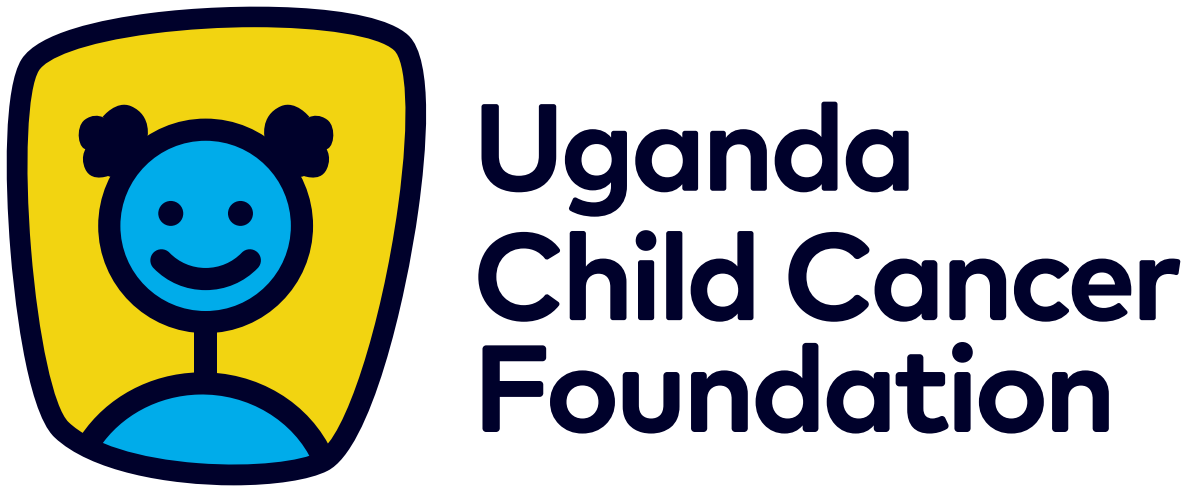Looking for:
Microsoft Teams – Wikipedia

Retrieved November 6,
Ms teams – ms teams. Microsoft Teams: How to use it, and how it stacks up to Slack and Zoom
To learn more about how to get the different versions of Microsoft Teams, keep reading. If your organization already has Microsoft Teams, you can access it by signing in to Microsoft Teams. Learn more about signing in with your work or school account. If you’re the IT admin, here’s the information you need to enable the app and configure things correctly.
If you make software purchases for your organization, you can:. Buy and download Microsoft Basic. Buy and download Microsoft Business Standard. Buy and download Microsoft E3. Business accounts need one of these Microsoft license plans:. IT administrators might also need to configure some options, such as updating firewall policies, so you can fully use Microsoft Teams.
Note: Microsoft Teams is off by default for Microsoft A1 suite users, but your admin can turn it on. After you have the right plan, your IT admin will need to make some changes for full functionality.
Learn how to manage Microsoft Teams settings. Visit the documentation page for IT admins. Check out the training videos available at the Office Training Center. All you need is a Microsoft account. To get a basic free version of Microsoft Teams:.
Make sure you have a Microsoft account. When deciding which Microsoft or Office apps and services to use, think about the work your organization does and the types of conversations your teams need to have. Teams , as the hub for teamwork, is where people – including people outside your organization – can actively connect and collaborate in real time to get things done.
Have a conversation right where the work is happening, whether coauthoring a document, having a meeting, or working together in other apps and services. Teams is the place to have informal chats, iterate quickly on a project, work with team files, and collaborate on shared deliverables. Outlook for collaborating in the familiar environment of email and in a more formal, structured manner or when targeted and direct communication is required.
SharePoint for sites, portals, intelligent content services, business process automation, and enterprise search. SharePoint keeps content at the center of teamwork, making all types of content easily shareable and accessible across teams. Tight integration with Outlook, Yammer, and Teams enables seamless content collaboration across conversation experiences.
OneDrive for Business for storing files and sharing them with people that a user invites. Content that a user saves to OneDrive for Business is private until the user shares it with others, making it the best option for storing personal and draft documents that are not intended to be shared or not ready to be shared. Yammer to connect people across the organization.
Drive company-wide initiatives, share best practices, and build communities around common topics of interest or areas of practice. Crowdsource ideas to foster open discussions with people across the company. Office apps are all the familiar tools that people know and use regularly, including Word, Excel, PowerPoint, and OneNote. See a weekly list of Teams topics that have been updated. See Teams Troubleshooting. See What’s new in Teams.
Depending on your organization’s settings people from outside of your organization can be added to your teams as guests or as external participants in shared channels. See Guest Access in Microsoft Teams for more information. Team owners can also create a team based on an existing Microsoft group. Any changes made to the group membership will be synced with Teams automatically. In addition, if moderation is set up, team owners and members can have moderator capabilities for a channel. Moderators can start new posts in the channel and control whether team members can reply to existing channel messages.
Team owners can assign moderators within a channel. Team owners have moderator capabilities by default. Moderators within a channel can add or remove other moderators within that channel. For more information, see Set up and manage channel moderation in Microsoft Teams. When you add a team owner, they are also added as a member, except when the team is created in the Teams admin center or when a team is added to a new or existing Microsoft group.
Team owners can manage team-wide settings directly in Teams. Settings include the ability to add a team picture, set permissions across team members for creating standard, private, and shared channels, adding tabs and connectors, mentioning the entire team or channel, and the usage of GIFs, stickers, and memes.
If you are a Teams administrator in Microsoft , you have access to system-wide settings in the Teams admin center. These settings can impact the options and defaults team owners see under team settings.
For example, you can enable a default channel, “General”, for team-wide announcements, discussions, and resources, which will appear across all teams. By default, all users have permissions to create a team.
